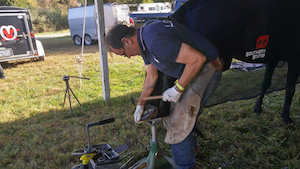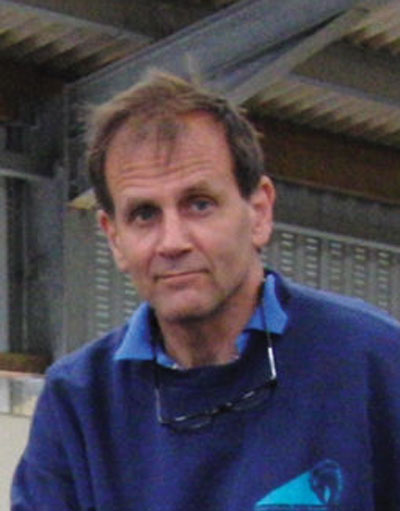
Guest blog author, Steve Teichman
In language, the “serv” in observing has Latin roots meaning to “watching over.” When we as farriers look at horses, we’ve committed to a very detailed act. We need to teach ourselves to “watch over.”
When we observe, we are meant to discern what is being revealed by the horse. This includes its relationship to the pain and discomfort that the animal may be experiencing. Us as farriers, as well as our veterinarian colleagues, must keep in mind that our intentions to “fix” or “heal” can and get in the way of “fixing” or “healing.” I believe that watching or observing the horse is really more of a homeopathic act and distinctly not allopathic. Overall, it’s part of the individual to care about doing the right job. Sometimes by doing less we are able to do more. When doing less, more can actually accomplished.
In 2008, we rode with Steve Teichman for the day. His insight is provided in this article: Going for the Gold Every Day
Here’s Teichman’s advice for extending the usefulness of rasps: How To Make Your Rasps Last Longer
When you are stuck and need to think creatively, follow Teichman’s advice: Farrier Tips: In A Pickle? U.S. Olympic Farrier Maps A Course To A Solution
It’s not so easy to observe closely. It is more than watching with your eyes. You have to rely on every bit of learning, every scrap of common sense. You must possess years of experience. You must read everything you can get your hands on and continually study. By investing this time and effort, you will bring intelligence and imagination into your work — including the part where you observe the horse. Experience and developing intelligence through education are required to bring you to the “edge,” leaving you open for insight. I find this is a point where your mind and its purpose are empty and open. This state is where I solve problems.








Post a comment
Report Abusive Comment